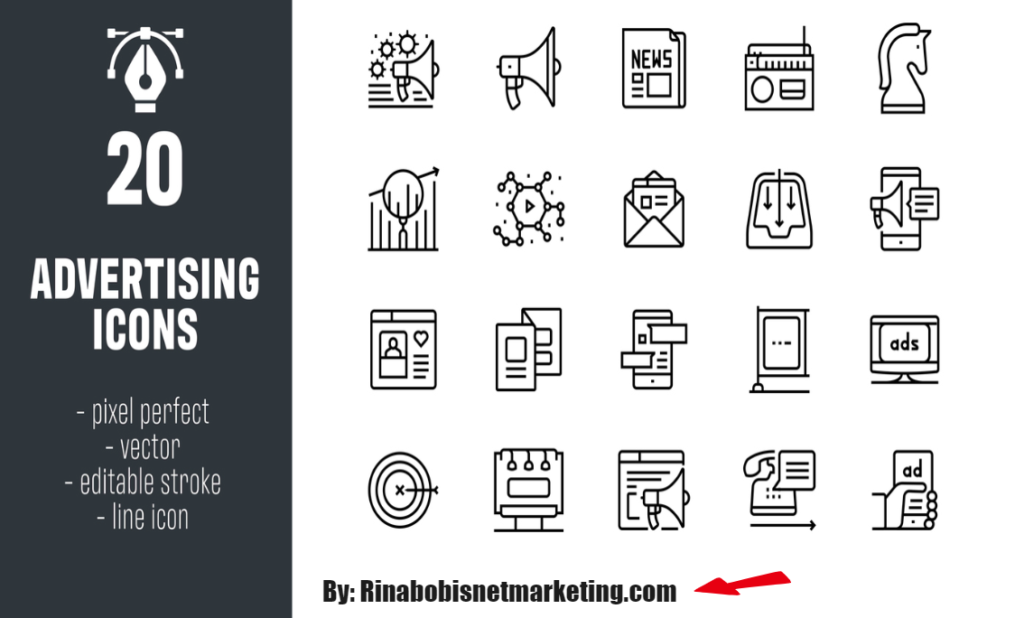How byline helps the author.
But first, explain what a byline is.

A byline is a small phrase in the layout that identifies the author’s name of a story in a publication. The byline, which can be found in publications, magazines, blogs, and other media, notifies the reader who wrote the content.
A byline gives validity to an article by giving credit where credit is due; if a work contains a byline from a prominent writer with a solid reputation, it’s a sign of trustworthiness for the reader.
The significance of a byline in a piece of writing.
When a byline shows on a website article, it’s frequently followed by a hyperlink to the writer’s website, email address, or social media account, or even to another new website on the same domain with additional information about that writer.
This isn’t always the case; if a writer is a freelancer or doesn’t work for the newspaper in question, there may be no duty to connect to their other work.
News and Other Publication Bylines

In newspapers, bylines appear well after the article’s header or subtitle and before the dateline or body text. It’s usually always preceded by the word “by” or some other phrasing suggesting that the information is the author’s name.
What is the difference between a byline and a tagline?
A tagline, which normally appears at the bottom of an article, must not be mistaken for a byline.
A tagline is frequently used when an author’s credit comes at the end of an article, often as part of a mini-bio of the author. Bylines are usually complemented with taglines.
Things like dates or the writer’s area of specialty are usually saved for the tagline section at the conclusion of the copy since the top of an article isn’t a location where a publisher wants a lot of visual clutter, therefore they’re saved for the tagline space at the end of the content.
If a second writer (not the one listed in the byline) contributed to an article but did not do most of the work, a tagline can be used. Taglines can also be used to offer information about the author, such as an email address or phone number.

If the tagline appears at the bottom of the piece, it’s frequently followed by a few phrases describing the author’s qualifications or biography. The author’s name is usually strong or in a large font, and a frame or other images separate it from the body copy.
How Bylines Used to Appear As
The byline is a straightforward piece. It should be distinguished from the headline and body copy, and it does not need a strong design feature like a box or a big font to accomplish it.
Here are some instances of bylines:
By Peter M. Public
Written by Peter M. Public
Matt Foe, Political Correspondent
Matt Foe, as told to Peter M. Public
By Matt Foe, MD
Be continuous after you’ve decided on a style for bylines in the publication you’re working on — font, size, weight, alignment, and format. Unless there’s a strong reason to clearly display the writer’s name, your bylines must look uniform and modest.
